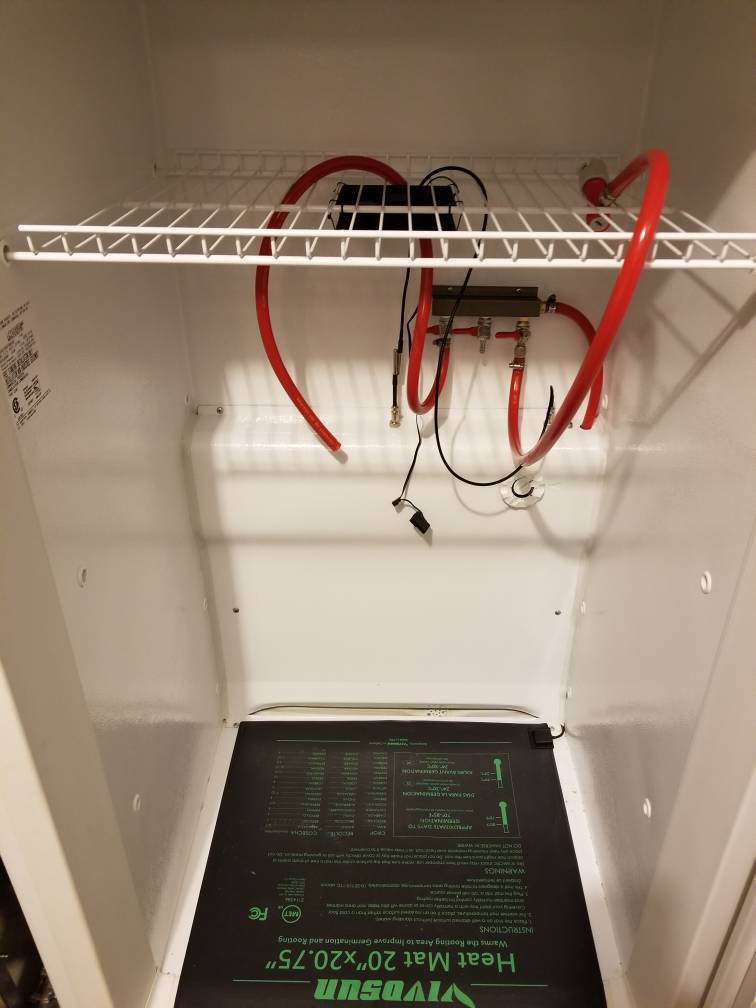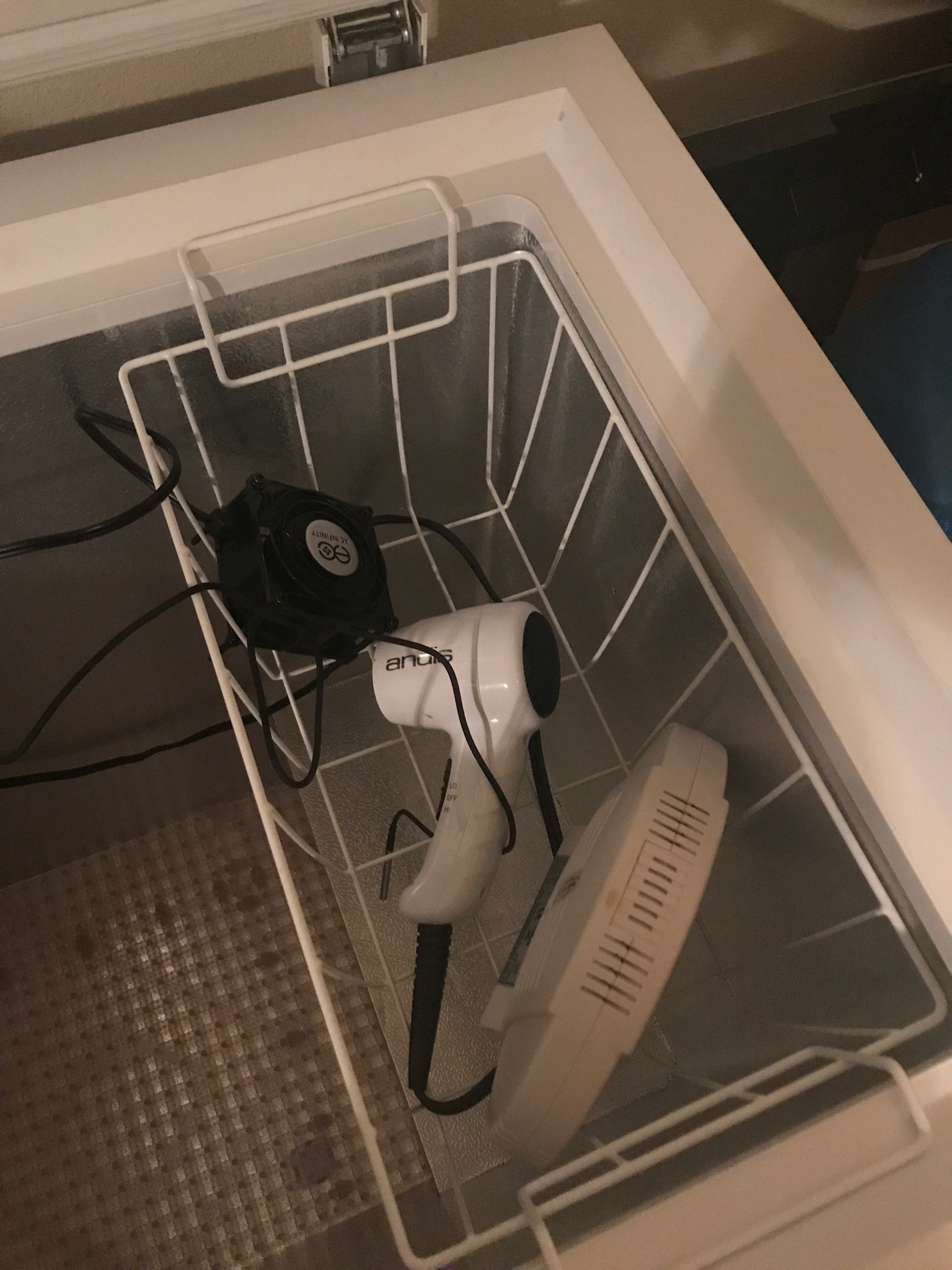brandtrepair
Well-Known Member
Wanting to be able to add heat to my ink bird controller heat side to control fermentation temps in my deep freeze. What is the best route to go by doing this.

Im assuming you still keep the freezer pluged in right?? Just to make sure it doesnt get 2 hot?? The heat side just intimidates me for some reason.I have tried all three. I prefer the heating mat. Lightbulb in can = smelly and inefficient. Heater = cycles too frequently. Heat mat wrapped around fermenter puts the heat right where you want it.
Fermentrack is where it's at.Im assuming you still keep the freezer pluged in right?? Just to make sure it doesnt get 2 hot?? The heat side just intimidates me for some reason.

I'll need to look into thatFermentrack is where it's at.View attachment 623437
I just want cold to kick on if fermenter gets 2 warm or vice versa.The simple answer is yes; you keep the freezer plugged into the cold receptacle, and the heating mat plugged into the heat receptacle. They never engage at the same time.
Are you saying you want to keep the freezer cold but ferment something at a warmer temp at the same time? I think that's going to be unpredictable. The mat is going to generate significant ambient warmth in that small space.
I use the two receptacles in my serving keezer - the cold side is set to 40F, and the heat is set to turn on if it drops below 35F during a cold snap.
I want do use Kveik yeast so i need my fermenter to get fairly warm.The simple answer is yes; you keep the freezer plugged into the cold receptacle, and the heating mat plugged into the heat receptacle. They never engage at the same time.
Are you saying you want to keep the freezer cold but ferment something at a warmer temp at the same time? I think that's going to be unpredictable. The mat is going to generate significant ambient warmth in that small space.
I use the two receptacles in my serving keezer - the cold side is set to 40F, and the heat is set to turn on if it drops below 35F during a cold snap.
Here's my setup - reptile mat, controller, insulation.View attachment 623573
FermWrap on fermenter in fridge.
40 watts easily keeps kveik at 95 without cycling too much (with 65-70°F ambient). Some insulation around it helps.
View attachment 623574

How large of a mat are you using? 5 gal batch in a small deep freeze. And i also see some have a thermostat. Are you relying on that thermostat or the ink bird controller?I'm in MA and have no trouble hitting 90 in the winter with the reptile mat. My house is at 62 generally, 55 at night.

A cordless dehumidifier.Anyone have a good solution for preventing that humidity/condensation?
LOL! I set my thermostat there one winter. Before the next one, my wife had bought me a fermentation chamberI'm in MA and have no trouble hitting 90 in the winter with the reptile mat. My house is at 62 generally, 55 at night.

A tub of calcium chloride. Throw it in the oven once in a while to dry it back out.Not to thread jack, but I've got a chest freezer/heat wire setup and I get nasty humidity in the freezer, such that I find spots of mold growing more often than I'd like to admit. Anyone have a good solution for preventing that humidity/condensation?
I had one of these when I had a chest freezer:
https://www.amazon.com/Improved-Eva...+dehumidifier&qid=1556132788&s=gateway&sr=8-4
Fermentrack is where it's at.View attachment 623437
@Aristoi[/USER]
That's weird. I haven't even seen my 40W Fermwrap overshoot ... Do you not have the mat directly against your fermenter like the above photos?
Ambient temp doesn't matter as long as the beer fermentation temperature is at target. I don't see how it could get any more accurate than a thermowell.I did not see it overshoot on inkbird, and that is the problem.
I have the same freezer and looking to add gas just like you did. Curious how you routed (where drilled) the supply line to your manifold to come out of the hump like that. Looks like a good way to go!
Enter your email address to join: